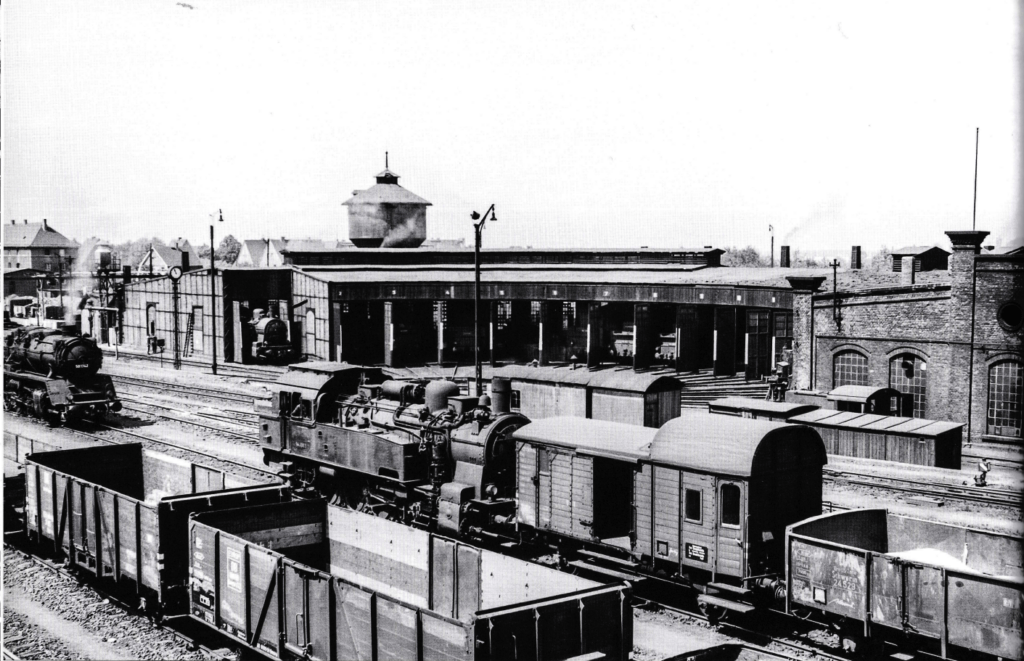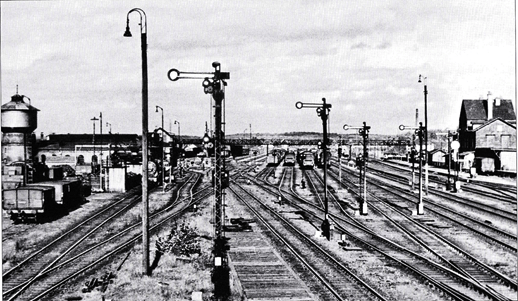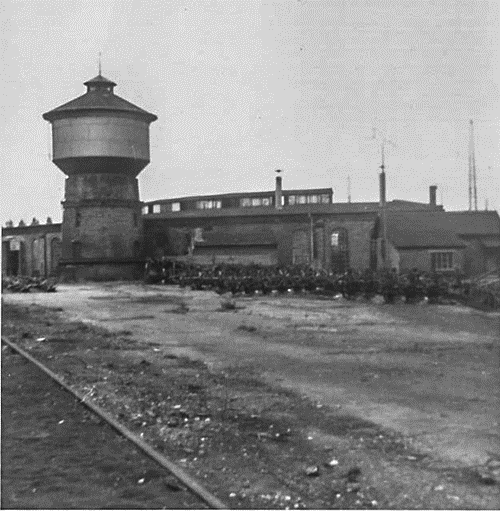On 4 October, a lecture on the history of Kranichstein station took place as part of the monthly lecture series. The lecture reflected the results of research carried out a few months ago in various archives, including the Darmstadt city archives.
The speaker covered a wide range of topics from the arrival of the railway in 1858 to the present day. In the 19th century, the construction of the railway was intended to compete with the railway line that ran north of the Main from the Rhine to Hanau and Aschaffenburg. As Frankfurt’s main railway station had not yet been built, this traffic was hindered by the need to reload goods between the Frankfurt stations. Traffic on the new line developed well, so that Darmstadt also benefited from it. Around the turn of the century before last, work began on the construction of a marshalling yard in Kranichstein, which then also served as a transhipment point for building materials for the new construction of Darmstadt’s main railway station and its track apron. Further expanded in the first half of the 20th century and hardly destroyed during the war, it served the American occupying forces as an important transport hub. In the 1960s, it was once again an important transhipment centre for building materials for the construction of the modern Kranichstein, where many wagons were transported to the construction sites using Culemeyer vehicles.
The speaker placed the events surrounding the railway station in the context of current events, so that the many changes against the background of the passage of time became easier to understand.
The lecture ended with a brief look at the stabling and cleaning facility for ICE trains currently under construction, which will be built on part of the marshalling yard site in the next few years.




The next lecture evening will take place on Wednesday, 1 November 2023 at 20:00. Karl-Heinz Holub will give a lecture on the topic “Funicular railways”.
With the help of funicular railways, considerable differences in altitude can be overcome over short distances. Thanks to the ingenious technology, in which the downhill carriage virtually pulls the uphill carriage up the mountain, hardly any additional energy is required for operation. Nevertheless, the cable cars are often overshadowed by spectacular mountain railways and aerial cableways. For both urban and rural populations in mountainous areas, however, they are a central part of everyday mobility.
Using numerous examples from all over the world, a wide variety of systems will be presented and their specific requirements and solutions will be discussed. The lecture is therefore well worth a visit for those interested in technology and travelling alike.



